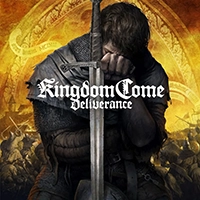

Vacation is always something to look forward to. No matter if you’re working a 9 to 5, attending university, or middle school, we all want it to be over to get to the fun stuff. Summer vacation is especially enticing, as you can get to do whatever you want for 2 months while the weather’s nice. It’s the perfect time to expand your horizons and explore new things. How about spending your summer in a small town in 1960s America? Then join Emily and Chester in Bloomtown: A Different Story!
The story follows Emily and Chester, two kids from Chicago, who spend their summer vacation staying with their cranky grandfather Cooper in rural Bloomtown. While getting to know the other kids, they realize that people have been going missing all around town. Not only that, Emily discovers a whistle that lets her enter the Underside, the demonic counterpart of Bloomtown, where the missing people end up. To save them, Emily makes a deal with the devil, letting her and her friends control demons. To save the town, she bands together with her younger brother Chester, new friend Ramona, and the immortal talking corgi Hugo.
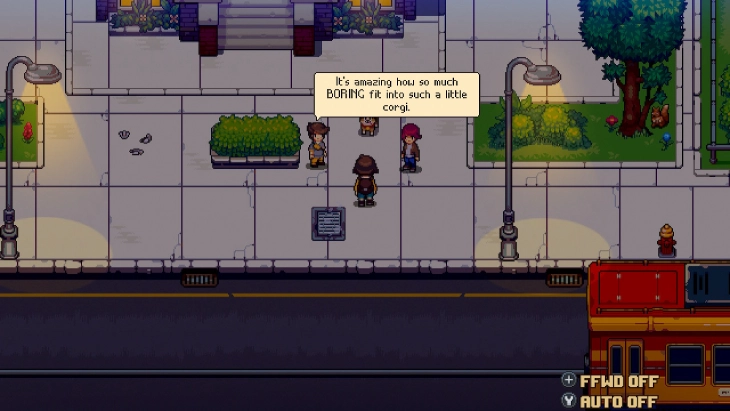
While the game briefly highlights some serious topics, like the struggles of a single mother or a war veteran, the highlight of the story is the witty writing. The story does not take itself that seriously, which fits the relaxed, summery vibe of the game. There are jokes aplenty in the script that gave me a chuckle, and the main cast is likeable. While it is slightly disappointing that the grounded themes hinted at by the villains are not expanded upon a lot, it still makes for an entertaining campaign that does what it sets out to do.
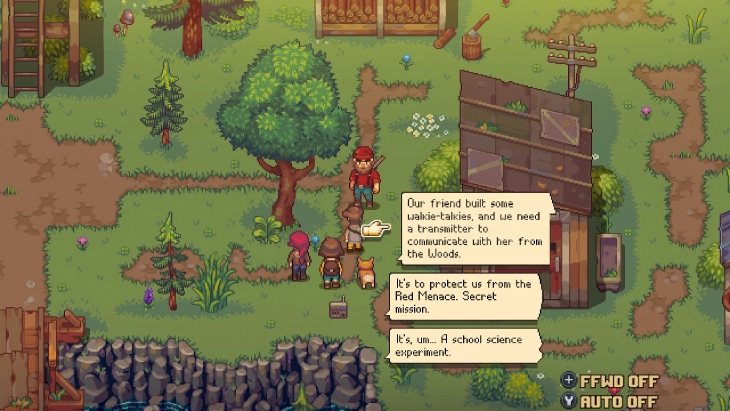
Your story in Bloomtown has two different aspects: enjoying your vacation in town, and heading into the Underside to fight demons, and every day you’ll shift between these two modes of gameplay. Now, this structure is clearly inspired by the newer Persona games, but Bloomtown makes some noticeable changes to the format to fit its more relaxed aesthetic. Namely, this game lets you be way more flexible with your time. For starters, there are no deadlines whatsoever to clear dungeons, and you have all day to spend outside, instead of just the afternoon and evening. But before we relax more in Bloomtown, let’s dive into the Underside.
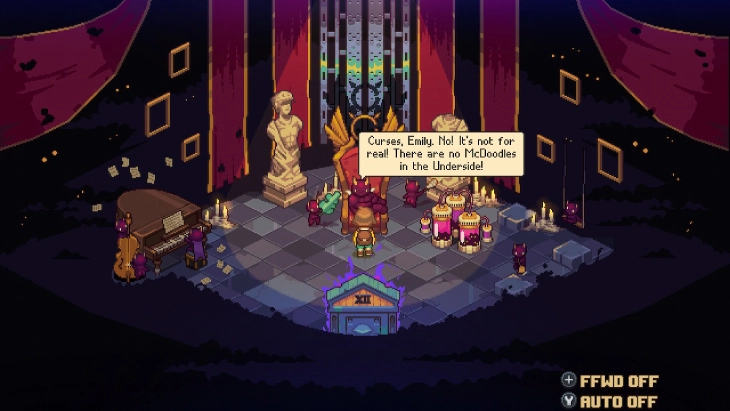
After giving the demons in the overworld a slap, a turn-based battle starts. Either attack them with your melee or ranged weapon, guard, or use SP to have your demons cast a spell. These spells include buffs, debuffs, heals, or attacks of one of the six elements. Each element can apply a different status effect, and if you hit an enemy suffering from one of these effects with another element, you can combo them to deal tons of damage. However, that’s easier said than done. Dealing with large groups can be tough, as spells that hit all enemies have lower accuracy. Additionally, bosses often resist magic, meaning the only way to reliably damage them is to just spam your melee attacks. Capturing new demons is not easy either, as I found it difficult to reliably stun the enemy to recruit them. While there is a Fusion system, you can’t use it to get new demons, only level up the ones you already have.
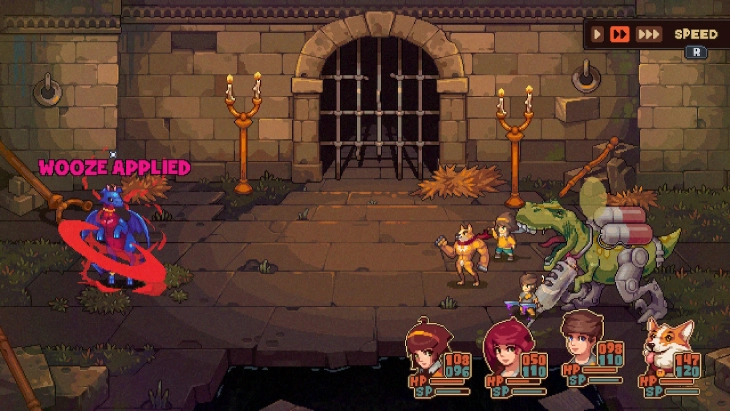
While Bloomtown’s combat system has its advantages, it’s difficult to make it work, which can make battles frustrating.
If you want to save Bloomtown, you have to venture to its flipside. To solve each case, you need to investigate a different section of the Underside, be it the library, the forest, or other dungeons I won’t spoil. You’ll need to navigate these mazes filled with puzzles, enemies, and loot, and get to the end to reach the boss and solve the case. As mentioned earlier, these don’t have a time limit to complete them, so you can take your time and leave them whenever you want to restore your SP. You might even be forced to leave a dungeon sometimes, as you might need an item or do a quest in Bloomtown to open the path in the Underside. Due to the lack of a deadline, this isn’t that annoying, but it’s certainly a pace-breaker. There are also puzzles hindering your progress, but they’re fairly simple, like using stone slabs to solve a math question.
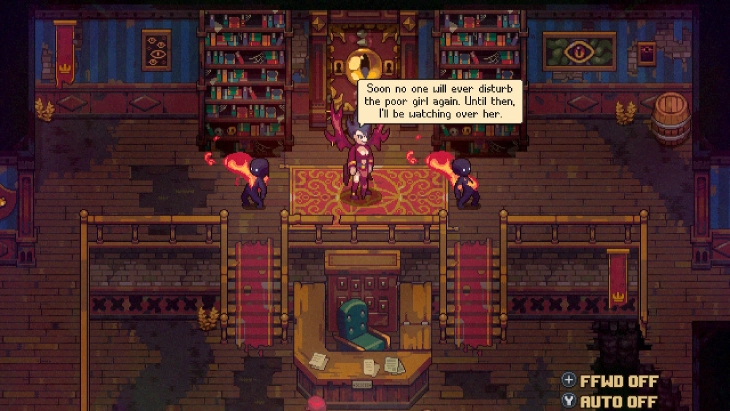
Apart from the aforementioned factors, the dungeons are pretty straightforward, but they’re bogged down thanks to the labyrinthian design, enemies, and the need to backtrack. You do have access to a map, but if the exact location of the objective is unknown, there’ll be a giant question mark blocking your view of the map. It’s not impossible to use it in that case, but it’s annoying. Overall, the Underside makes for decent dungeons, but they can be tedious from time to time.
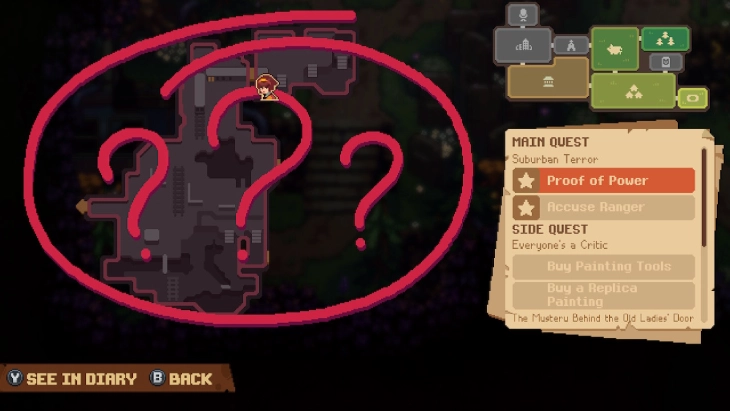
When your business in the Underside is done, it’s time for you to enjoy your summer break! You have between 9 am and 10 pm to do whatever you want, and there are many activities you can do in Bloomtown that can help you fight demons and progress through your journey. For starters, you can raise one of Emily’s four traits: smarts, charm, proficiency, and guts. These may seem similar to Persona’s social stats, but the crucial difference is that Persona locks you out of certain things if your level is too low. In Bloomtown, however, these stat checks are dependent on a weighted dice roll, meaning you can absolutely attempt every stat check you come across and possibly pass, even in the early game. You can also do part-time jobs to get extra cash and new gear, work out to increase your health, and more.
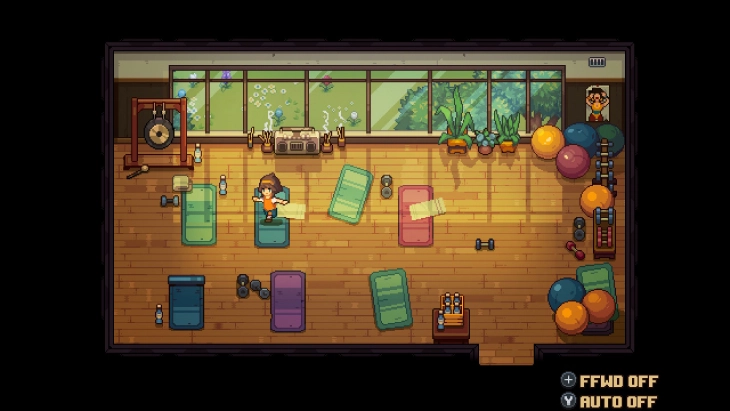
You can also just run around town and explore your new home. Unfortunately, you can’t talk to a lot of NPCs, but there are tons of things to interact with. Like sitting on a swing, or vandalizing a crayon drawing on the floor. One of my personal highlights was exploring the hedge maze in the park, only to find a bottomless pit in the center, and fishing a vinyl record from it.
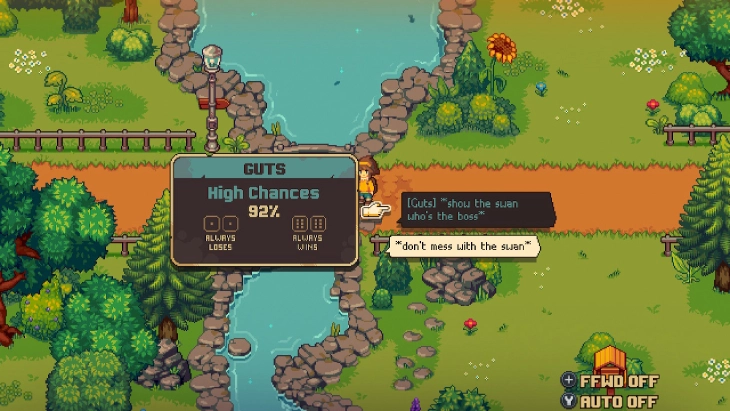
You can also choose to hang out with your friends. You can chill with your party members (Ramona, Chester, and Hugo), but also with the mechanic girl Ruth. I did find it a bit disappointing that there’s only one non-party member you can hang out with, but the storylines in your hangouts are great, and they’re the best way to get to know your friends better. Every hangout also gives you another ability that can give you an edge in the Underside. All this makes spending your vacation in Bloomtown incredibly relaxing, and it’s easily the highlight of the game.
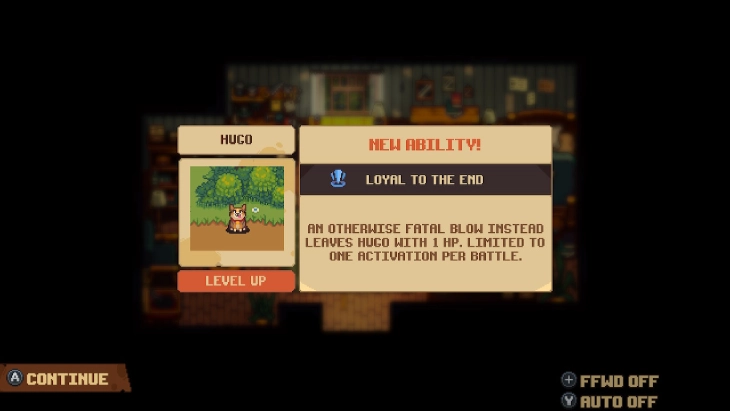
Bloomtown: A Different Story offers a gorgeous pixelated interpretation of the ’60s. Not only is the pixel art itself great, but the design of the town is also fantastic. It made exploring your new neighborhood an absolute blast. The Underside is also filled with creepy environment art, though they unfortunately never explain the Kraken in the basement of the library. The music is also fantastic, the tunes that play in Bloomtown are perfect for relaxing, and the ones in the Underside sell the creepy vibes. My highlight of the soundtrack is easily the battle themes, however. They are amazing vocal songs that easily got me pumped for each fight. To use a final Persona comparison: these songs reminded me of the songs Lynn Inaizumi sang for Persona 5, and that’s absolutely a compliment.
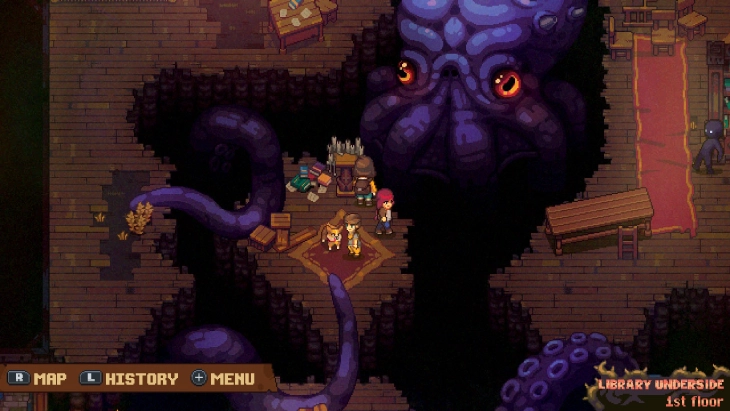
Bloomtown is the perfect way to spend your summer in the 1960s! There are many things to do in town, whether it’s hanging out with friends, attending various activities, or just exploring the place! Emily’s summer spent in Bloomtown is sure to be relaxing, filled with cozy vibes, interesting people, and many adventures. Unfortunately, the Underside is not as relaxing, and not by design. The dungeons are acceptable, but the backtracking can get annoying. The battle system has solid ideas, but they’re often not allowed to work, making regular encounters a drag, and boss fights a snore. Overall, Bloomtown: A Different Story is at its best when you get to relax with Emily and her friends in town, but dungeon exploration is where this game struggles.
Bloomtown: A Different Story gets a 7/10.